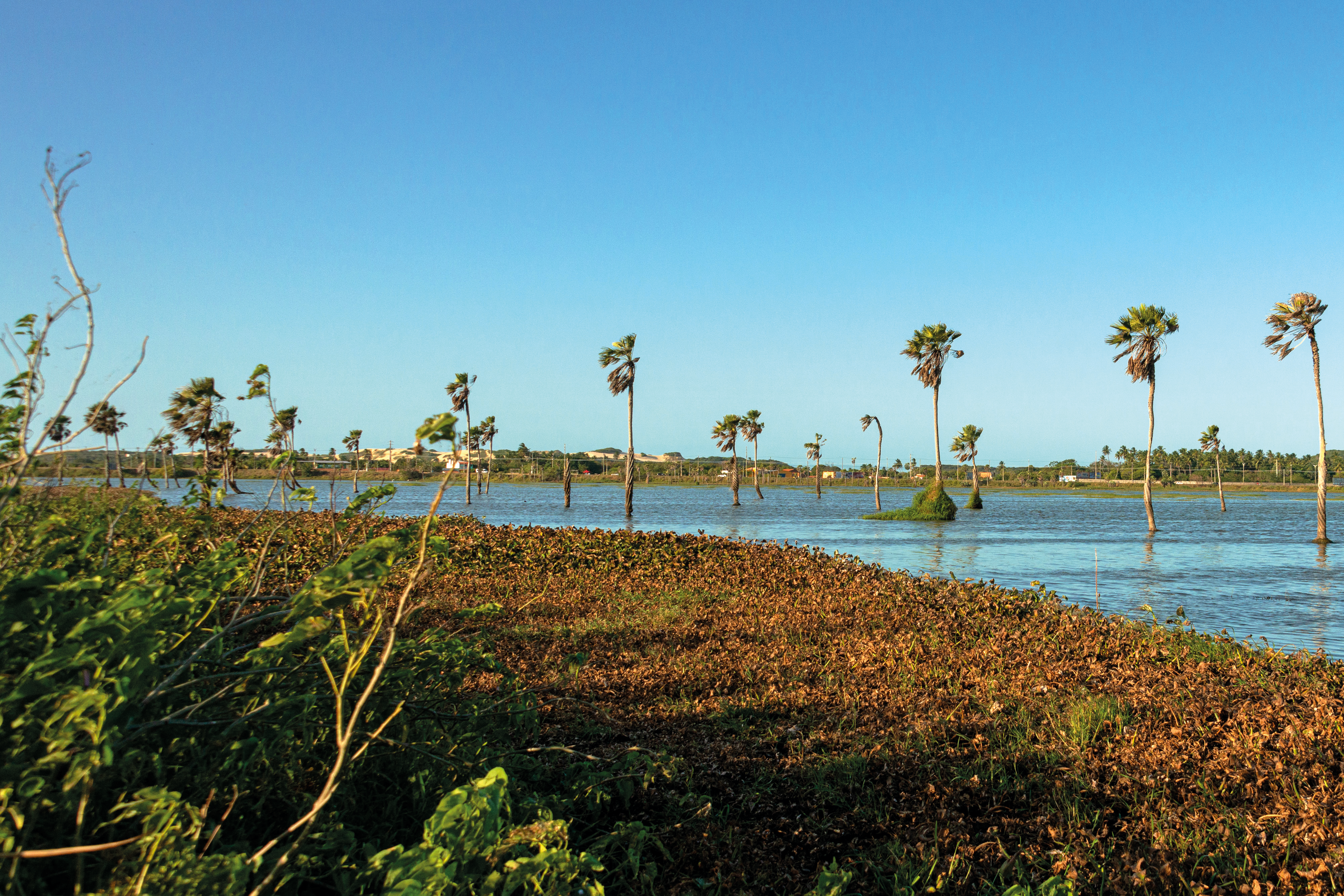
Área de Proteção Ambiental da LAGOA da PRECABURA

O maior espelho d’água da Região Metropolitana de Fortaleza (RMF) foi transformada em uma Área de Proteção Ambiental no ano de 2022 com a publicação do Decreto Estadual nº 34.939, cujos estudos técnicos foram elaborados em parceria com o Programa Cientista Chefe do Meio Ambiente. São 628,98 hectares, entre os municípios de Fortaleza e Eusébio, que carregam uma história de luta contra ocupações irregulares, desmatamentos e ligações clandestinas de esgotos. O objetivo é conservar e proteger o manancial hídrico e seus recursos naturais. A Lagoa da Precabura se forma a partir do leito do Rio Coaçu, um afluente do Rio Cocó. Seu entorno registra várias espécies ameaçadas de extinção, como o gato-do-mato, além de aves como a batuírabicuda, o maçarico-rasteirinho, o pato-do-mato e a marrecacabocla. Além da conservação da fauna e da flora, ter o ecossistema protegido contribui diretamente com a manutenção de pescadores artesanais, marisqueiras e comunidades tradicionais.
Acesse: Galeria de Fotos
Environmental Protection Area of LAGOA da PRECABURA
The largest water mirror in the Fortaleza Metropolitan Region (FMR) was transformed into an Environmental Protection Area in 2022 with the publication of State Decree No. 34,939, whose technical studies were developed in partnership with the Chief Scientist Program of the Environment. It covers 628.98 hectares between the cities of Fortaleza and Eusébio and carries a history of struggle against irregular occupations, deforestation, and clandestine sewage connections. The goal is to conserve and protect the water reservoir and its natural resources. Lagoa da Precabura is formed from the bed of the Coaçu River, a tributary of the Cocó River. Its surroundings record several endangered species, such as the oncilla, as well as birds like the greater potoo, the least sandpiper, the mottled duck, and the Brazilian teal. In addition to the conservation of fauna and flora, having the protected ecosystem contributes directly to the maintenance of artisanal fishermen, shellfish gatherers, and traditional communities.
Access: Photo Gallery
